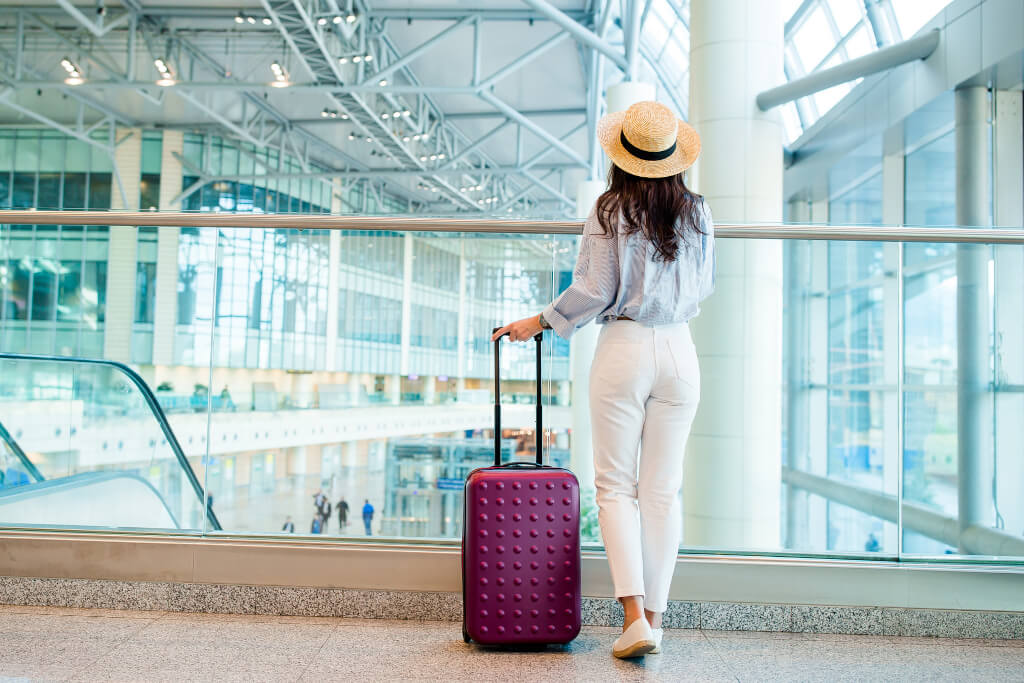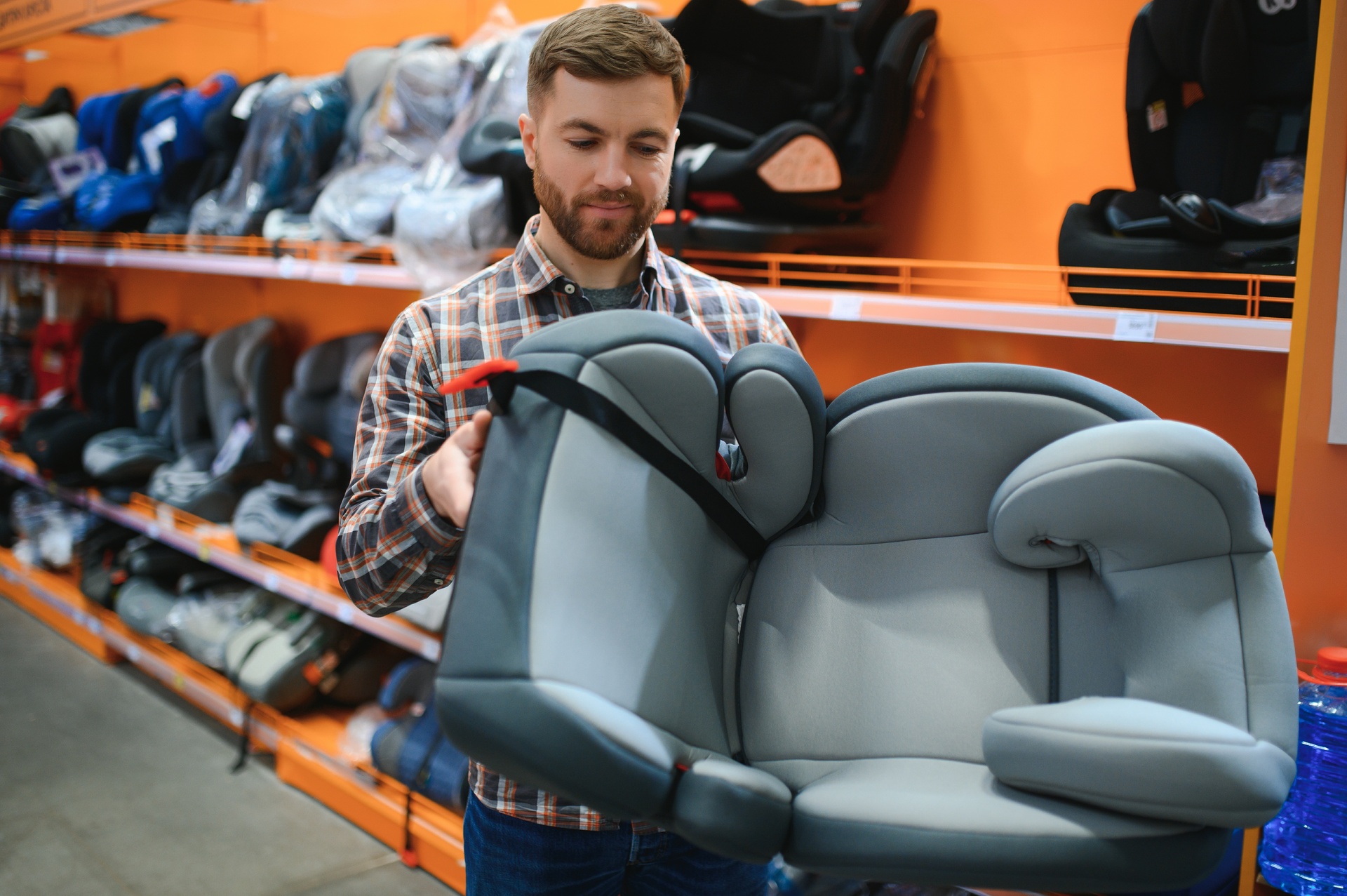Air travel has its share of thrills and chills. But there are secrets and insider suggestions that can improve your trip and make it go more smoothly than you could have imagined. The author of this piece is a frequent flyer, and he or she has 18 tips that the general public doesn’t know. These tips can help you fly like an expert, whether you’re trying to decipher the lettering on your boarding card or locate the plane’s dirtiest seats.
Blue Seats Have a Calming Effect
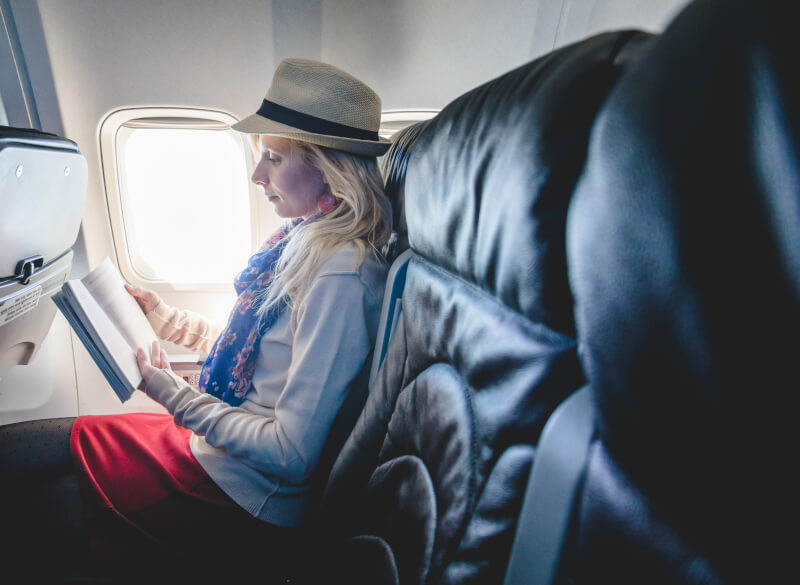
Why are most aeroplane seats blue, anyway? To help even the most anxious travellers feel more at ease, airlines often decorate with this colour. Dark blue fabrics also hide dirt and scrape better than lighter colours, so they’re easier to keep looking neat and tidy.
The Security of Your Private Data
Your boarding card is a security risk because it includes personal details like your name as well as your frequent flyer number. If you throw it away in a public area, anybody may be able to access your private information. Your boarding card contains sensitive information that should be destroyed immediately following your flight.
Deciphering Extra Safety Measures
Prepare yourself for extra checks if your boarding pass features the letters “S” or a checkerboard design. Your carry-on bags may be subject to a more in-depth search if they bear any of these markings. Secondary screening participants may be chosen at random or according to predetermined criteria, such as ticket purchases made in cash or with just one direction of travel reserved.
The Long-Term Advantages of Boarding
The best way to board a plane, according to seasoned travellers, is at the very last minute. If you board the plane at the end, you won’t have to wait in a large queue, and you’ll also get off the plane sooner. It also guarantees that no one else will occupy your seat without your permission.
The Danger of Overstuffed Carry-Ons
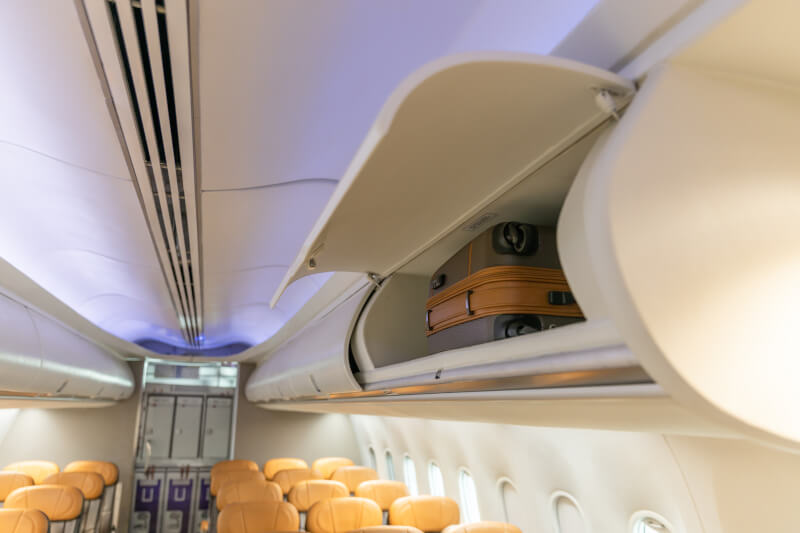
Although boarding last has its benefits, it might not be the best option if you have a large carry-on. If you hold off until the very end, the overhead bin near your seat is more likely to be full. Think about this before making your boarding time.
A Fail-safe Switch for the Bathroom Door
Have you ever pondered the mystery of how the aeroplane bathroom door stays closed during rough air? To prevent the door from opening accidentally, airline staff flip a little switch. When there’s someone inside, all they have to do is lift the loo sign and turn the knob to the unlocked position.
Updrafts VS. Turbulence
Turbulence, while disturbing, is often not as harmful as updrafts, which pilots are aware of. However, updrafts can lift the plane to dangerously high altitudes, while turbulence could lead the aircraft to fall a few feet. Extremely difficult to detect on radar, updrafts are like driving over a speed bump at high speed and can cause an unexpected jolt.
Food and Flavour on Planes
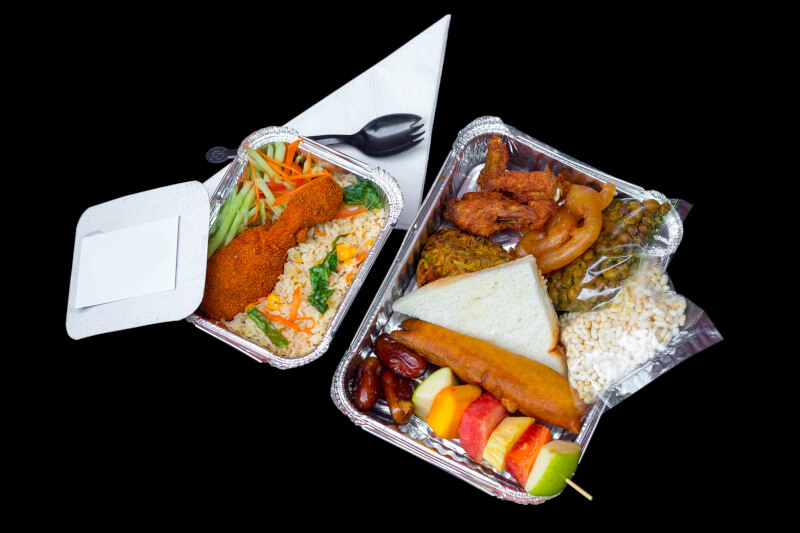
Did you realise the cabin pressure affects your sense of taste? At high altitudes, you can lose as much as 30 percent of your taste for sweet and salty foods. Because of this, airline caterers tend to use more salt and spices in their meals. By isolating your sense of taste from ambient noise, noise-canceling headphones can significantly enhance your gustatory experience.
The Meaning of Aeroplane Beeps
There is purpose behind every tone you hear when in the air. In the case of a Boeing, the sound heard immediately upon takeoff is the landing gear being retracted. A high-low ring tone alerts the crew that help is needed in another section of the plane, and three consecutive dings indicate heightened urgency.
Mealtime Safety for Pilots
As a safety precaution, pilots and co-pilots eat separately. If one of the pilots gets sick from eating, the other can take over safely. In addition, pilots don’t eat all their meals at once, so they have time to monitor their bodies for any reactions.
The Nastiest Aeroplane Seats
The plane’s lavatory is not the dirtiest part of the plane, despite common assumptions. Bacteria and germs are more likely to thrive in places like headrests, seat pockets, tray tables, and seat belts. Because flight attendants don’t always have the time to completely clean or disinfect certain places, you should exercise caution in them.
An Explanation of the “Finishing Paperwork” Notice
When the captain says they are “finishing paperwork,” it means they are either finalising the flight plan or waiting for the flight log book to be prepared by the ground crew. This log book is an essential piece of paperwork for the pilots because it serves as the official record of the trip.
Sleeping Quarters for the Crew
Crew rest compartments, or hidden bedrooms, are standard on long-haul flights. Flight attendants can sleep in these chambers, which can be found either at the tail of the plane or behind the cockpit. These sleeping quarters have cosy beds for the crew’s convenience.
Picking a Seat Amid Turbulence
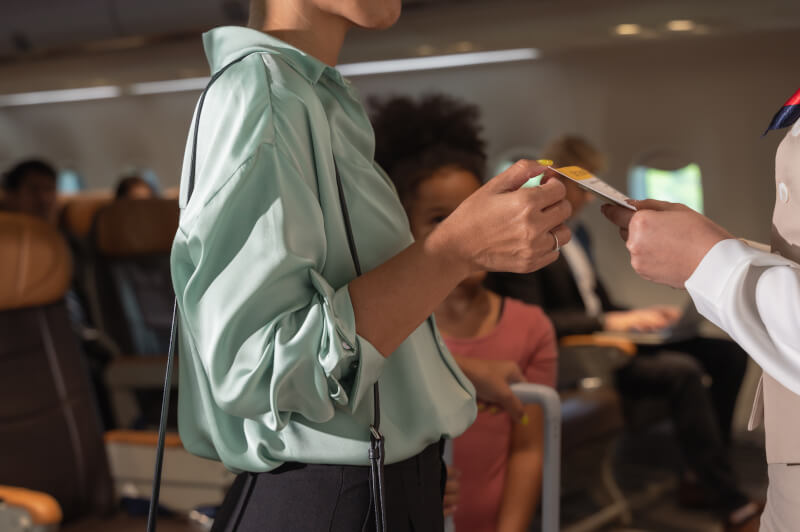
If you tend to get anxious on planes, it might be best to sit towards the plane’s centre. The most vulnerable areas of the plane are the nose and tail, while the central section over the wings is the least affected by turbulence. If you can, try to get a seat in the middle of the plane to reduce motion sickness.
The Durability of Aeroplane Glass
Windows in aeroplanes are composed of a special type of plexiglass that is both impact- and pressure-resistant. Windows are less likely to crack or break due to their rounded form, which helps disperse pressure evenly. The likelihood of modern aeroplane windows breaking is vanishingly small.
Lightning and Aircraft
Lightning strikes happen rarely but do not constitute a serious threat to aircraft. The aluminium skin of the plane is easily conducted by the electric current. Lightning can also be set off by aeroplanes passing through clouds because of the static charge generated by the collision of the aircraft’s fuselage with the air.
These insider tips from a seasoned traveler are sure to make your next flight more enjoyable. These insider tips can help you travel through airports and aeroplanes with ease and confidence, from recognising the meaning of boarding pass stamps to making sense of in-flight noises. If you can remember these tips for your next trip, you will have a much easier and more pleasant time on the road.

